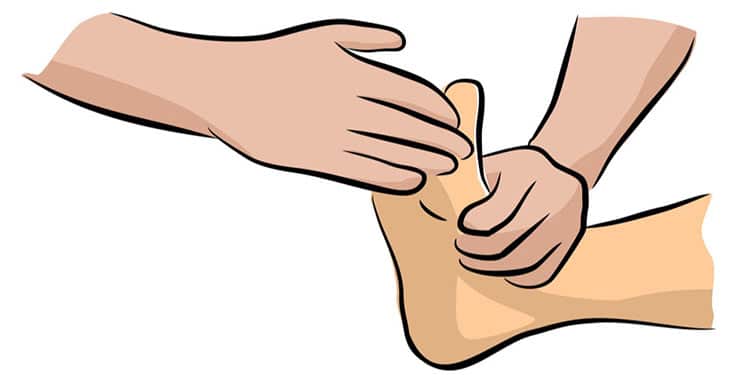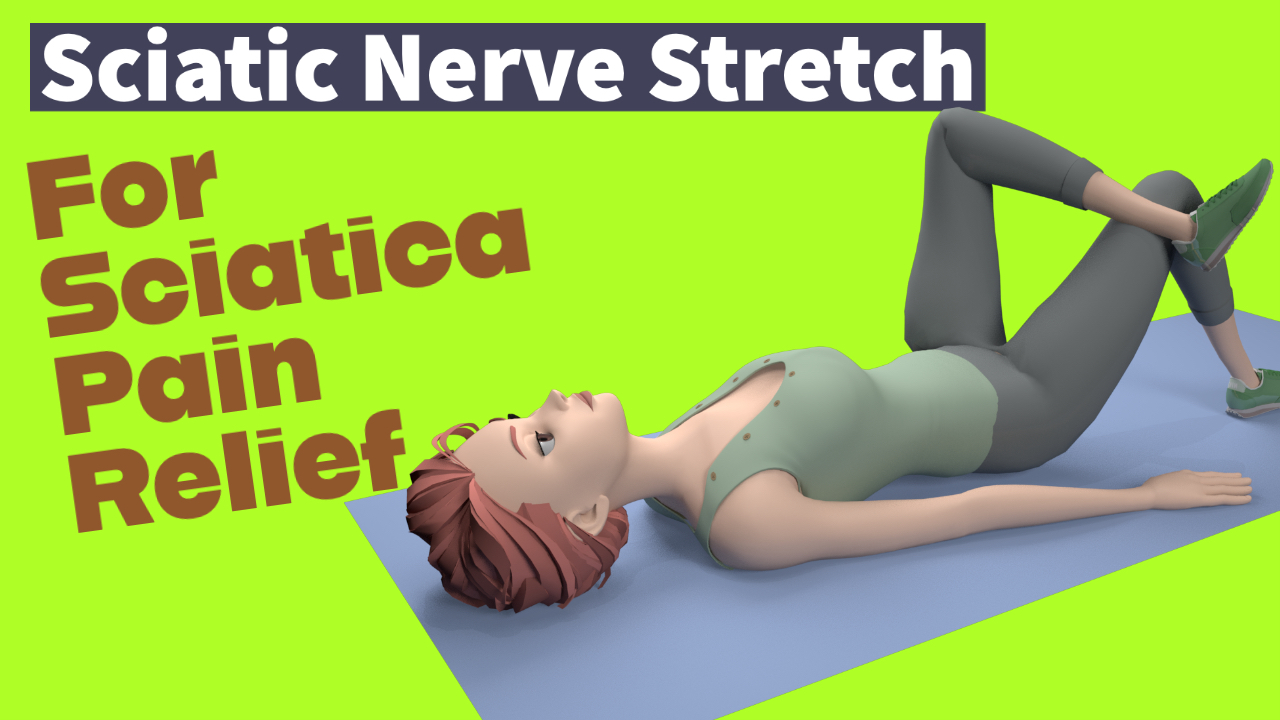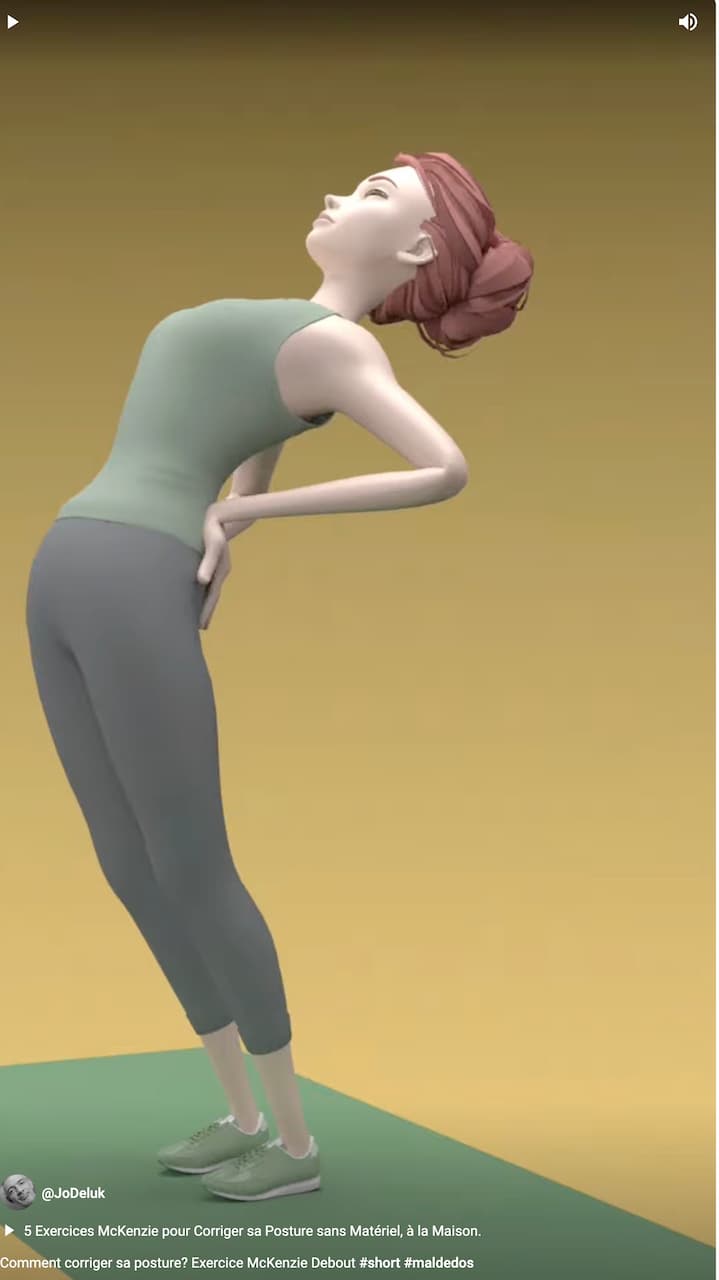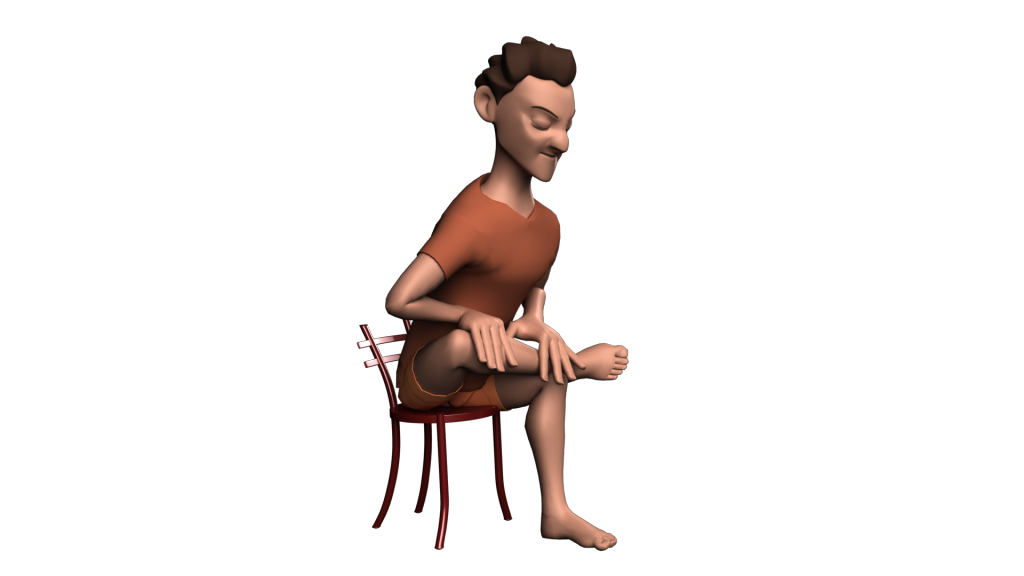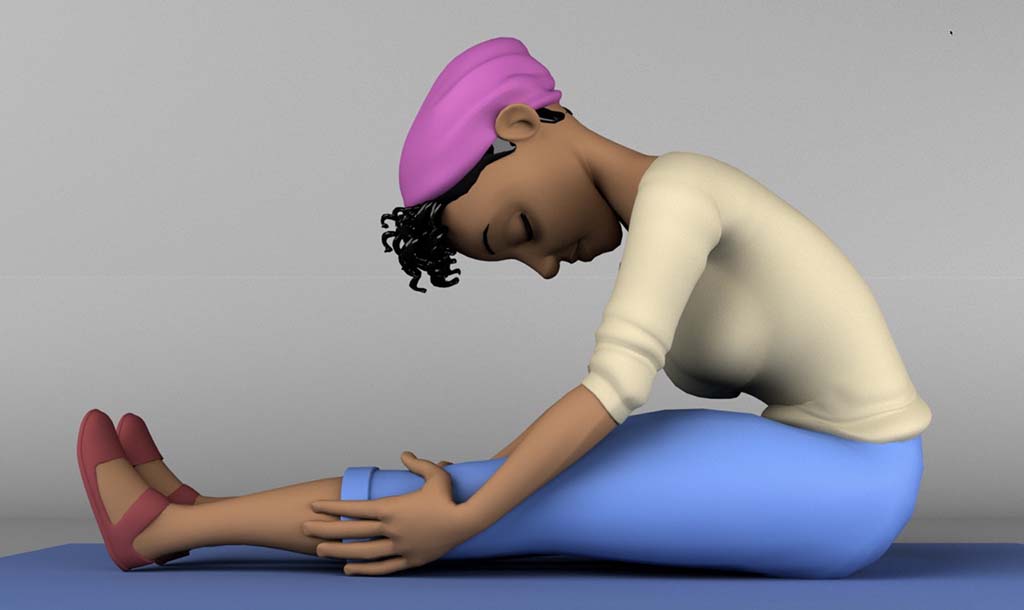Symptoms – Causes – Who to see – Diagnosis – Treatment – Antibiotics
Why is my leg or foot numb and tingly?
Numbness and tingling in foot or leg is a loss of sensitivity typically reported by persons who have an herniated disc in the lower back.
Numbness and tingling in foot or leg can be permanent or temporary and is triggered by activity: if it is temporary, it alternates periods of loss of sensitivity with periods of pain in the affected areas.
For example, you may feel pain on the outside of your foot and a few hours later feel nothing at all: pain goas away and is replaced by numbness and tingling, and will return later.
Not painful per sé, numbness in a leg, foot or toe causes an imbalance in posture and gait which in turn is responsible for limping and pain that can be felt just about anywhere between the lower back and the toes, (except in the numb areas).
If the numbness is caused by a herniated disc, the numbness and tingling occur in the right or left leg or foot, or may affect one or more toes depending on the specific area where the sciatic nerve is compressed.
 Paresthesia is an abnormal sensation of the skin (tingling, pricking, chilling, burning, numbness) with no apparent physical cause.
Paresthesia is an abnormal sensation of the skin (tingling, pricking, chilling, burning, numbness) with no apparent physical cause.
Paresthesia may be transient or chronic, and may have any of dozens of possible underlying causes.
Paresthesias are usually painless and can occur anywhere on the body, but most commonly occur in the arms and legs.
The most familiar kind of paresthesia is the sensation known as “pins and needles” after having a limb ‘fall asleep’.
Source: Wikipedia Paresthesia
Why is my leg or foot numb & tingly: video
Enable captions to follow along in english
Numbness in leg or foot from sciatica
A typical reason for numbness and tingling in leg or foot is sciatica
If the numbness occurs in one foot, it is quite distressing since you can no longer feel the contact with the ground: this leads to posture and balance problems.
What causes numbness and tingling in leg or buzzing in foot?
Tingling in the leg, numbness in the foot, tingling in the toes are often the result of compression of the sciatic nerve, but a numb leg or foot can also be the result of alcohol abuse, neurological dysfunction, diabetes, Lyme disease, side effects of chemotherapy, inflammation of the spinal cord.
In my case, the cause is the consequence of a double disc herniation that occurred in 2006 and that is why I am writing this post.
People who ride a bike can also feel tingling in their feet, especially after sitting on the bike for one or more hours. The position on the bike and the fact that you are pedaling are likely to cause a slight compression of the sciatic nerve which in turn will cause the feeling of tingling in the foot or toes.
Numbness and tingling in leg or foot: which doctor should you consult?
If the foot is numb or you feel constant tingling in the toes, leg or even the arm or fingers, you should see a doctor ASAP. The most appropriate doctor is a neurosurgeon or orthopaedic surgeon who know this type of pathology by heart and knows what to do to treat it.
Please note!
If, in addition to numbness and tingling in foot or leg, you experience symptoms such as violent headaches, abnormal fatigue, numbness in the other leg or foot, loss of bladder or bowel control, difficulty breathing, you should go to the emergency room immediately.
Paresthesia diagnosis
Once you complain of loss of sensitivity, numbness, tingling or prickling in the foot, toes or leg and you have identified one of the above causes, the diagnosis of paresthesia is almost self-evident. It is especially important to assess the extent of the damage, to try to give the patient an idea of the chances of recovering the foot or leg and how quickly.
The doctor will do some sensitivity tests to try to understand whether the patient feels a little, a lot or nothing at all.
The doctor may also look to see if the patient is able to stand on his or her toes or heels or not at all.
If in doubt, the doctor may ask the patient to have an electromyography (test of the nervous system). Basically,, the sciatic or peripheral nerves are stimulated with what looks like small electrical discharges and the patient’s responses are observed.
Numbness and tingling in foot or leg treatment
This is the main question: how long will my foot remain numb, will I regain all my sensations, what do I have to do to achieve this?
Depending on the symptoms and the results of the electromyography, the doctor will be able to establish a treatment plan.
Typically it is rest and physiotherapy.
If this does not work, surgery is a good option. Operating on a herniated disc will remove the compression of the sciatic nerve and the affected limb should return to its original state if it has not been irreparably damaged.
Surgery works in the majority of cases but it is impossible to give precise figures or recovery times on a case-by-case basis.
The vast majority of people who have had a lumbar disc herniation or a narrow lumbar canal operated on say that the tingling in the leg or numbness in the foot or one or more toes disappears immediately after the operation.
And one day, my numb foot completely woke up…
June 2017
If you have browsed other pages of this blog, you will have noticed that in 2006 I was diagnosed with a double lumbar disc herniation, with disabling sciatica and a narrow lumbar canal.
After 5 or 6 years of misery during which the only possible way out seemed to be the wheelchair, things started to return to normal little by little, at least in my lumbar vertebrae and my right leg, and if today my lower back is still sensitive, I can live normally and even do sports without any problem.
On the other hand, my right leg and my right foot had lost feathers in the fight: my right leg was numb and my right foot was completely numb, asleep.
Not even tingling or numbness, just like gone!
But little by little, as the problem in the vertebrae was being solved, the sensations in the leg and foot started to come back.
In the end and until 10 days ago, I had recovered 95% of my right leg and 80% of my right foot.
And I was happy about that, and I was happy about the discomfort I was feeling on the top of my right foot, especially with some shoes that were a bit too much in contact with the top of the foot.
I, who have a weakness for beautiful shoes…
Antibiotics finished the job.
Early June 2017, I consult an ENT specialist to try to find a solution to chronic headaches and neck pain that doesn’t go away and she decides to put me on antibiotics for 10 days.
On the 7th day of treatment, I began to feel a clear improvement in my general state: less fatigue, less pain, I fell asleep in 5 minutes and for 8 hours in a row, in short, a quality of life that I hadn’t had for years since these pains had in fact taken over my back problems.
And icing on the cake, I realized that my right foot had completely woken up! No more tingling, no more pins and needles, no more discomfort with any shoe: even the ones I couldn’t put on anymore, now I can put them on (for how long, I don’t know yet if the antibiotics have solved this problem definitively or just temporarily and it will come back, but in the meantime, I guarantee you that I appreciate it.
My antibiotic treatment
- Amoxicilline: 1000 mg 2X / day
- Clarithromycine: 500 mg 2X / day.
- Timeframe: 10 day
PS: I’m not saying that to treat tingling in the legs you need antibiotics:, I’m just telling you what happened to my foot following this antibiotic treatment.
